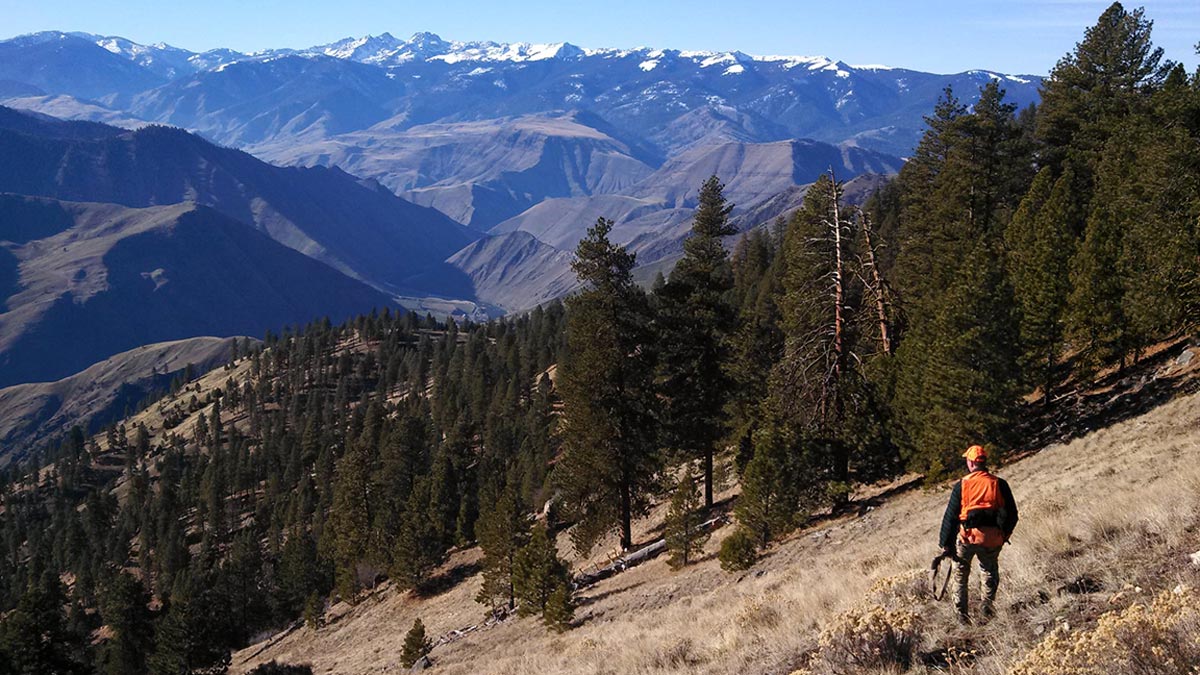The Rocky Mountain Elk Foundation has long maintained there is a definite and even measurable connection between hunting and conservation, hence its Hunting Is Conservation mantra. The latest information released by the U.S. Fish and Wildlife Service (USFWS) further drives home that point.
USFWS just announced it doled out a single-year record of $1.5 billion generated by sportsmen and women through the Wildlife and Sport Fish Restoration Program to support state and local outdoor recreational opportunities as well as wildlife and habitat conservation efforts.
“Hunters, anglers, and sportsmen and women have some of the deepest connections to nature. For 85 years, this program has been foundational to wildlife and habitat conservation and outdoor recreation throughout the country,” said Interior Deputy Secretary Tommy Beaudreau.
The Wildlife and Sport Fish Restoration Program is a combination of the Pittman-Robertson (P-R) and Dingell-Johnson Acts. The former places an 11 percent excise tax on guns, ammunition and archery equipment while the latter places excise taxes on fishing equipment and boat fuel. Those funds go to all 50 states and U.S. territories for conservation and recreation projects.
If you break down that $1.5 billion number, that’s $1,115,157,974 in P-R dollars, or in other words, from hunting and recreational shooting, and $399,661,363 from fishing-related taxes. Dating back to its establishment in 1937, the P-R Act since generated more than $15.2 billion for conservation!
“Many Americans are unaware of the remarkable conservation impact of the Wildlife and Sport Fish Restoration Program,” said USFWS Principal Deputy Director Martha Williams. “State wildlife agencies dedicate WSFR funds to a variety of conservation projects and programs such as hunting and fishing education, fish and wildlife management, scientific research, habitat restoration and protection, land and water rights acquisition, and hunting and boating access. Everyone benefits from these investments, which have ensured a legacy of wildlife and outdoor opportunities for all.”
Eligible states receive WSFR funds through formula-based permanent appropriations. It’s also important to realize and understand that distribution formulas are based primarily on land and water area plus the number of paid recreational hunting and fishing license holders in each state. Translation: the more hunters and anglers in a given state, the more funds that state receives. State fish and wildlife agencies make their own management decisions about how the funds are used. The WSFR dollars typically fund up to 75 percent of project costs. Most states must provide a matching share of up to 25 percent, usually from state hunting and fishing license revenues.
The $15.2 billion total does not include how much hunters paid for licenses and fees over the years, nor annual contributions they make to conservation organizations like the Rocky Mountain Elk Foundation.
Like we said, Hunting Is Conservation!
(Photo credit: Idaho Department of Fish and Game)
